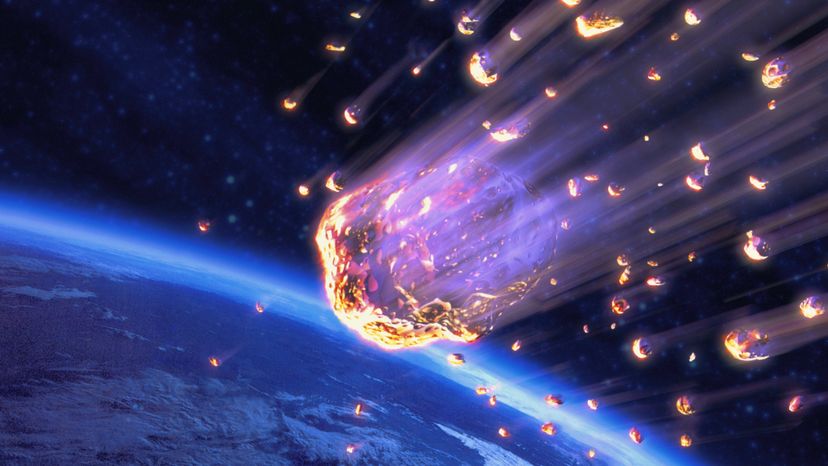
When a small meteor enters the Earth's atmosphere, it goes from traveling through a vacuum to traveling through air. Traveling through a vacuum is effortless -- it takes no energy. Traveling through air is another story.
A meteor moving through the vacuum of space typically travels at speeds reaching tens of thousands of miles per hour. When the meteor hits the atmosphere, the air in front of it compresses incredibly quickly. When a gas is compressed, its temperature rises. This causes the meteor to heat up so much that it glows. The air burns the meteor until there is nothing left. Re-entry temperatures can reach as high as 3,000 degrees F (1,650 degrees C)!
Advertisement
Obviously, it would not be good for a spacecraft to burn up when it re-enters the atmosphere! Two technologies are used to allow spacecraft to re-enter:
- Ablative technology
- Insulating tile technology
In ablative technology, the surface of the heat shield melts and vaporizes, and in the process, it carries away heat. This is the technology that protected the Apollo spacecraft.
The space shuttles are protected by special silica tiles. Silica (SiO2) is an incredible insulator. It is possible to hold a space shuttle tile by the edge and then heat up the center of the tile with a blow torch. The tile insulates so well that no heat makes it out to the edges. This page discusses the tiles:
These tiles keep the heat of re-entry from ever reaching the body of the shuttle.
Advertisement